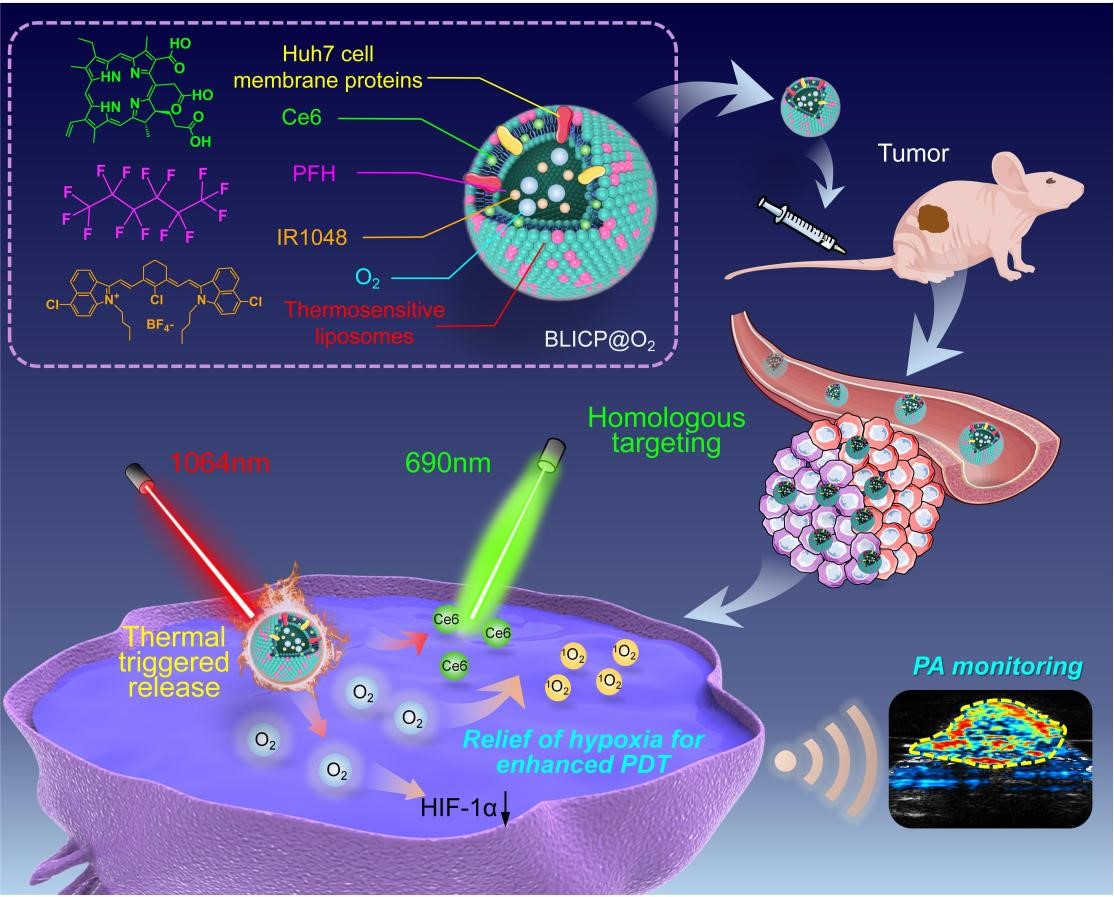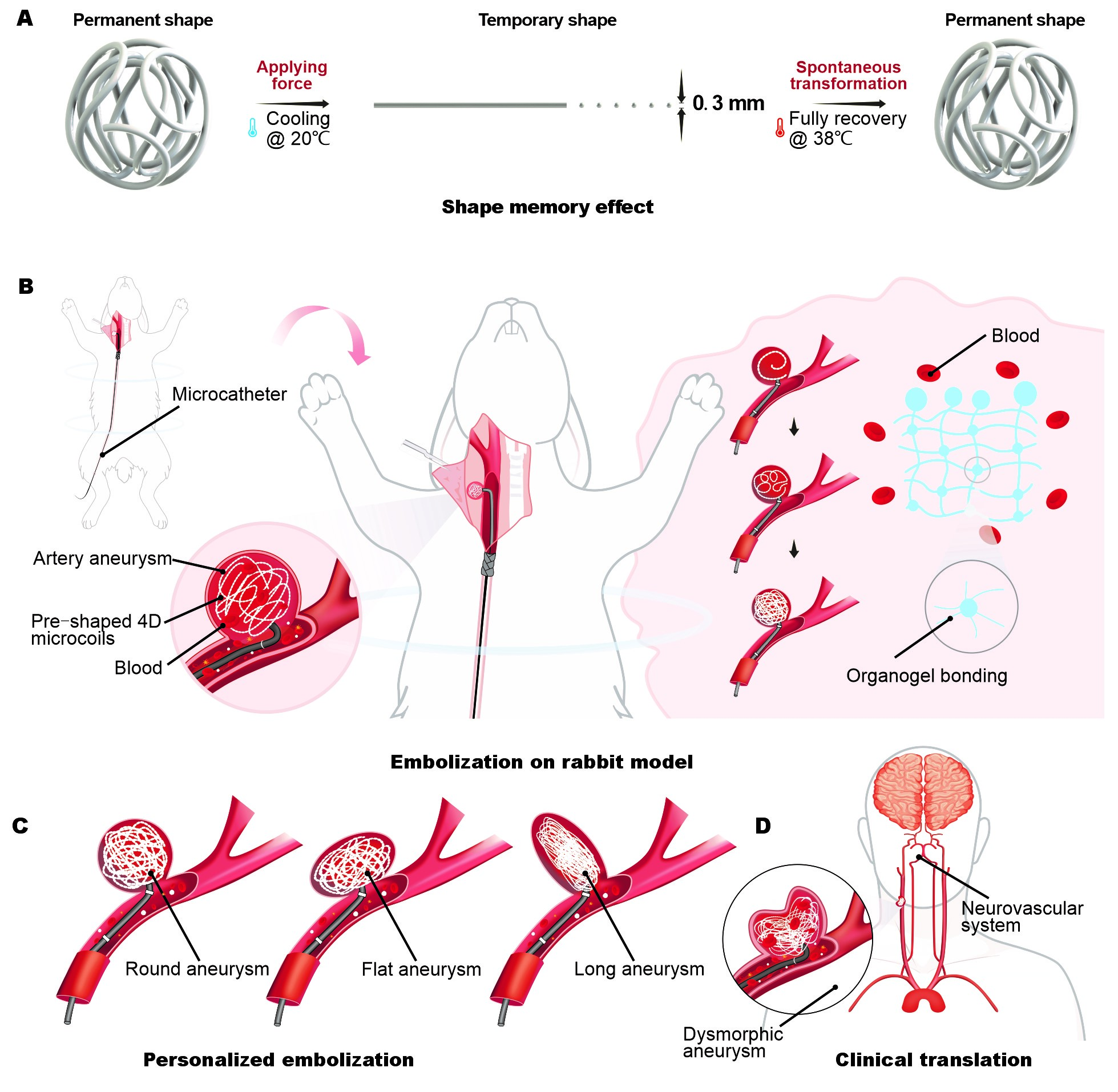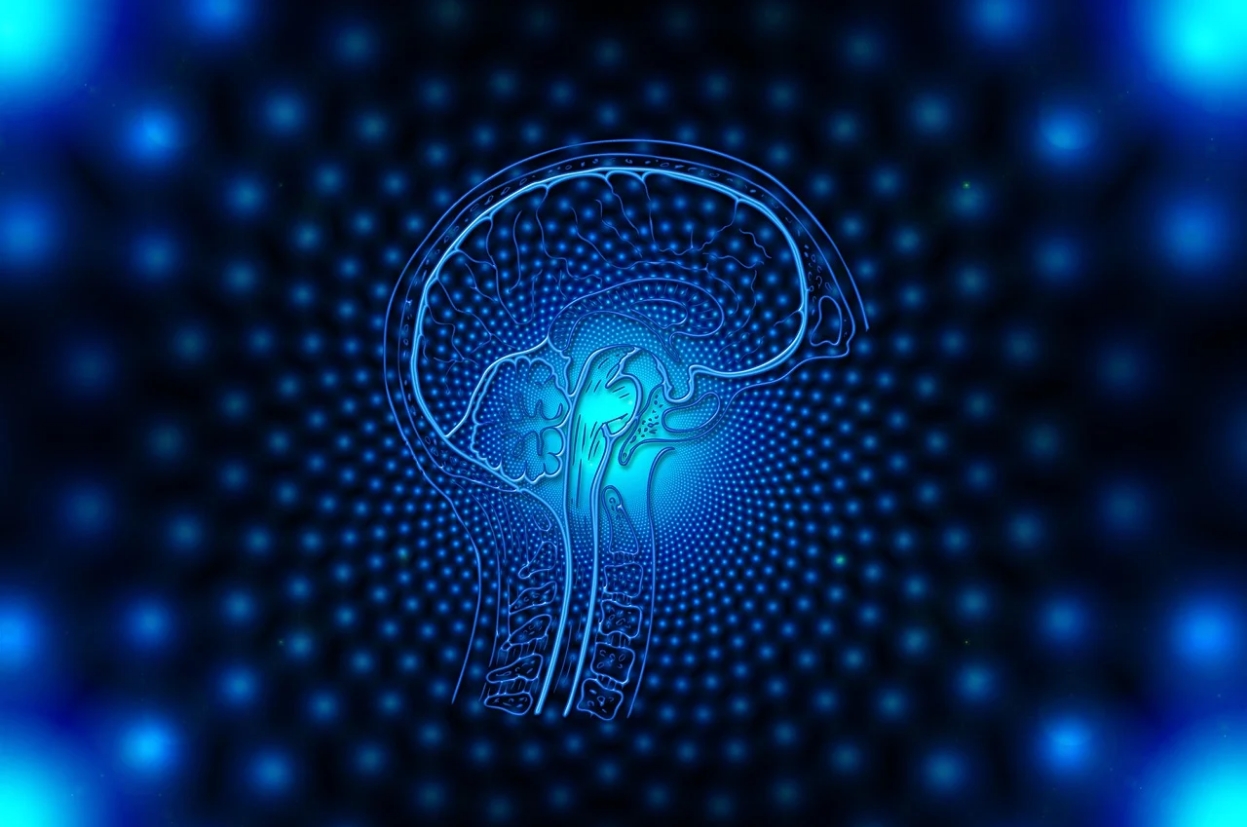
SIAT Research
-
Dec 22, 2023Researchers Develop an Innovative Weakly Supervised Learning Method for Cell Detection and Tracking Using Incomplete Initial AnnotationsThe proposed methods are promising and open up new avenues for efficient cell analysis in various biological applications. A research group led by Prof. WEI Yanjie from the Shenzhen Institute of Advanced Technology (SIAT) of the Chinese Academy of Sciences and their collaborators have proposed an effective deep learnin...
-
Dec 22, 2023AI Depicts 3D Social Interactions Between AnimalsThe research was published on January 8th in Nature Machine Intelligence. Accurate quantification of multi-animal behavior plays a pivotal role in unraveling the intricacies of animal social interactions, with far-reaching applications in neuroscience and ecology.Researc...
-
Dec 12, 2023Novel Microbial Approach for Producing Carbohydrate-Derived Foods and Chemicals from Low-Carbon MoleculesIn this study, the researchers proposed a strategy to produce glucose by engineering the microbial transformation of C1–3 products (methanol, ethanol, and isopropanol) from inorganic CO2 fixation. A research team led by Prof. YU Tao from the Shenzhen Institute of Advanced Technology (SIAT) of the Chinese Academy of Sciences (CAS), along with their collaborators, has developed a yeast cell pl...
-
Dec 12, 2023Revolutionizing HCC Treatment: Novel Photoacoustic Imaging Guides Enhanced Photodynamic TherapyIn this system, oxygen release is controlled through near-infrared-Ⅱ (NIR-Ⅱ) 1064 nm photothermal triggering, effectively mitigating tumor hypoxia. A collaborative research effort led by Prof. LIU Chengbo from the Shenzhen Institute of Advanced Technology (SIAT) of the Chinese Academy of Sciences and Prof. FANG Chihua from Zhujiang Hospital, S...
-
Dec 12, 2023Egocentric Coding Unveiled: Researchers Unlock Brain's Spatial Perception MechanismsThis research also contributes to the understanding of Alzheimer’s disease, a neurodegenerative disease. The retrosplenial cortex, a key area in this study, is known to be affected in Alzheimer's ... Researchers from the Shenzhen Institute of Advanced Technology (SIAT) of the Chinese Academy of Sciences (CAS) and their collaborators have uncovered the coding principle underlying self-centered (...
-
Dec 05, 2023Revolutionizing Aneurysm Treatment: 4D Organogel Microcoils Successfully Tested in Rabbits"In the future, our 4D organogel microcoil holds the potential for clinical translation in humans. Its adaptable shape for different aneurysms could resolve the issues associated with current micro... A research team led by Prof. XU Tiantian from the Shenzhen Institute of Advanced Technology (SIAT) of the Chinese Academy of Sciences, in collaboration with their peers, has introduced 4D ultraviol...
-
Nov 30, 2023Epileptic Zone Localization by Unsupervised Adaptive Graph ConvolutionFurthermore, the researcher delved into group-level network dynamics, examining network characteristics between classified epileptic and non-epileptic brain areas. A research team led by Prof. ZHAN Yang from the Shenzhen Institute of Advanced Technology (SIAT) of the Chinese Academy of Sciences has recently introduced a novel unsupervised dual-stream model ba...
-
Nov 29, 2023Researchers Unveil Reprogrammable Bistable Soft Gripper for Enhanced Human-Machine InteractionIn this work, the researchers analyzed the force-displacement relationship of the frame and the predicted trigger forces. Soft grippers offer advantages in human-machine interactions, yet many grapple with the challenge of low response times. While bistable structures could enhance this characteristic, the performance...






